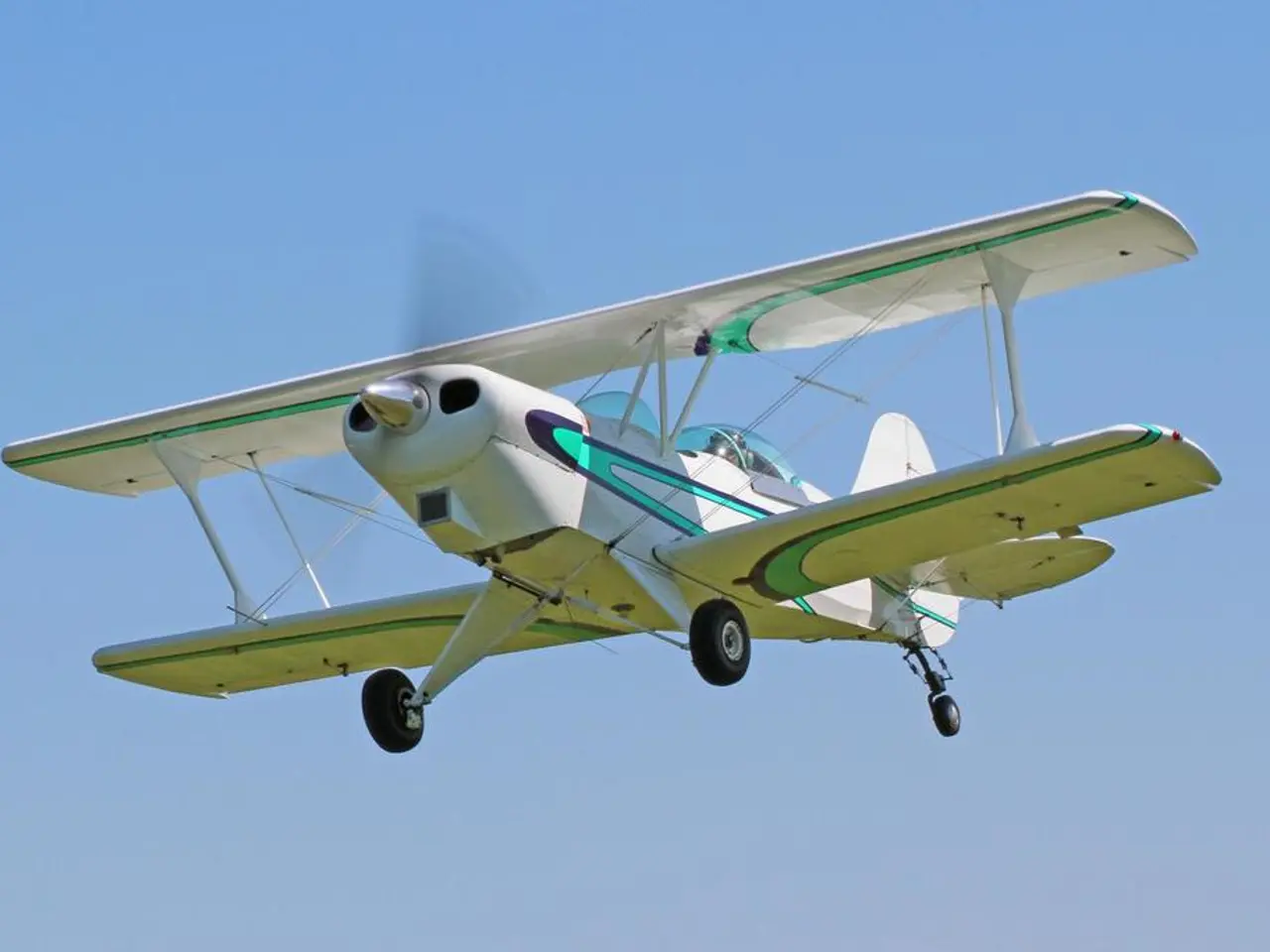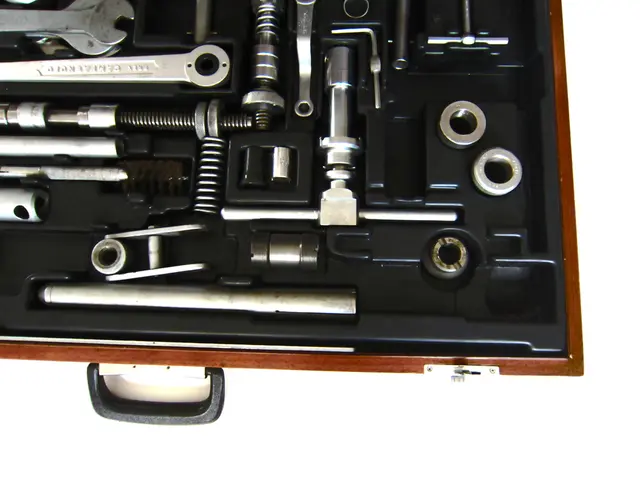VSATs Bring Reliable Connectivity to Remote Drone Operations
Drones operating in remote areas now have a reliable communication solution. Very Small Aperture Terminals (VSATs) are proving essential for maintaining connectivity where terrestrial networks like LTE or fiber are unavailable.
VSATs operate through three key components: User Terminal, Satellite, and Hub Station. Modern VSAT terminals can be mobile, making them ideal for field drone operations. The process involves the drone transmitting data to a nearby VSAT terminal, which uplinks it to a satellite. The satellite then relays the data back down to a hub station, which routes it to the internet or private networks.
VSAT is reliable for drone video streaming, although bandwidth is limited compared to fiber or 5G. For industries like maritime shipping, oil and gas, disaster response, and defense, drones require stable connectivity far from cellular coverage, which VSAT provides. VSAT supports mission-critical applications such as BVLOS (Beyond Visual Line of Sight) operations, real-time video streaming, and data transfer from remote locations.
VSAT, different from the broader SATCOM, refers specifically to small satellite terminals for broadband connectivity. Companies like Viasat are noted for using satellite IoT technology, which can be applicable to drones, especially with its 'IoT Nano' service. VSAT systems provide communication links where terrestrial networks are unavailable, enabling reliable connectivity in remote or underserved areas.







